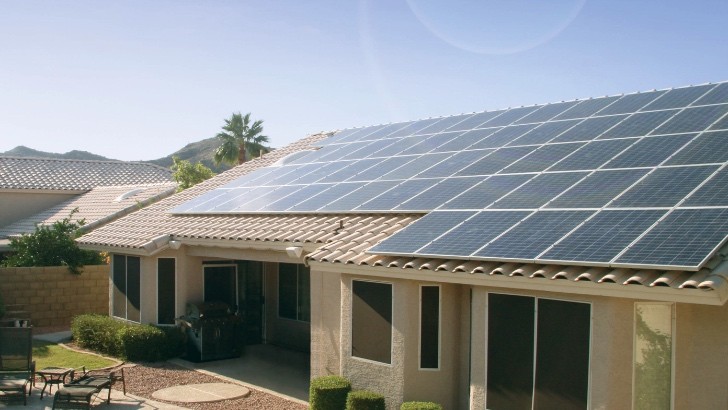Tesla is officially no longer solely an EV company but a home-battery outfit as well, which could make for a smoother grid and be a boon for alternative energies. Elon Musk should be pleased, as should those early tinkerers who began repurposing his electric-car batteries for makeshift home conversions. Perhaps the biggest benefit, as Chris Mooney of the Washington Post astutely points out, is the ability to store wind and solar power. An excerpt:
“Storage is a game changer,” said Tom Kimbis, vice president of executive affairs at the Solar Energy Industries Association, in a statement. That’s for many reasons, according to Kimbis, but one of them is that “grid-tied storage helps system operators manage shifting peak loads, renewable integration, and grid operations.” (In fairness, the wind industry questions how much storage will be needed to add more wind onto the grid.)
Consider how this might work using the example of California, a state that currently ramps up natural gas plants when power demand increases at peak times, explains Gavin Purchas, head of the Environmental Defense Fund’s California clean energy program.
In California, “renewable energy creates a load of energy in the day, then it drops off in the evening, and that leaves you with a big gap that you need to fill,” says Purchas. “If you had a plenitude of storage devices, way down the road, then you essentially would be able to charge up those storage devices during the day, and then dispatch them during the night, when the sun goes down. Essentially it allows you to defer when the solar power is used.”•
Tags: Chris Mooney, Elon Musk, Gavin Purchas, Tom KImbis

